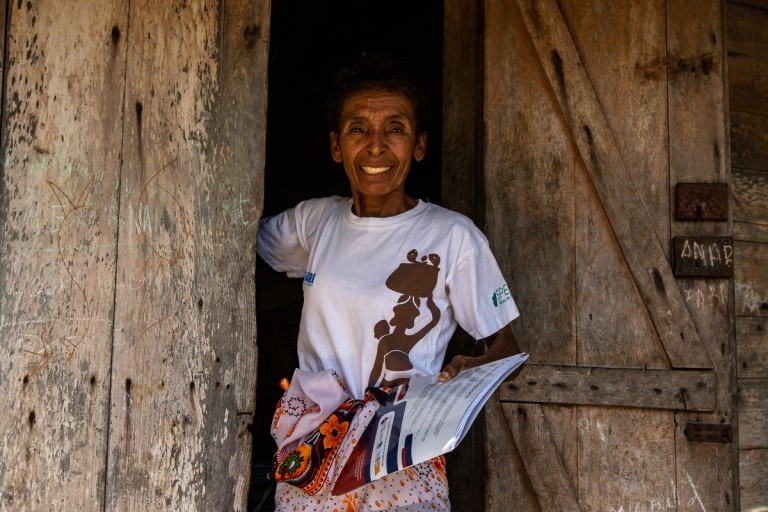Blog
More than a catchphrase? Locally led development and the future of aid

Navigate to any development sector website and you will see how concepts related to locally led development have taken over the narrative of aid. Related terms such as the #ShiftThePower, decolonization of aid, community engagement and local accountability, among others, all tell a story of how development has moved from something given to passive beneficiaries to something owned by empowered communities.
This movement is addressing not only the uncertain, overall impact of development aid on reducing global poverty and marginalization, but also the fact that development aid has often benefited those giving it just as much as those meant to benefit from it. With the lion’s share of aid being controlled and implemented by Western nations and organizations and their staff, much of aid has been simply lost to the structure of aid.
Needless to say, that is hardly the point. For this reason, locally led development is meant to ensure that development funds are guided by the priorities and perspective of those meant to benefit from them. This ensures that funds are directed by those they are intended for, and that the funds are thereby used in projects with greater legitimacy, system relevance and local accountability. All of this supports sustainability.
This is all fine in theory. In reality, locally led development is as susceptible as anything else to fads and taglines. How much of aid is truly locally led? We do not know, primarily because what is meant by the concept is debated. For some, locally led means that local actors – such as national governments or local nongovernmental organizations – manage the funds through direct grants. For others, it means that benefiting communities are consulted in intentional feedback loops, or that people are empowered to participate in the project through participatory or democratic processes. For still others, locally led means that benefiting communities themselves determine how funds are directed and projects are implemented. Further confusing still is the fact that we have not specified how much of any of this must be in place for a project to be deemed ‘locally led.'
The variety of understandings of what is meant by locally led is a factor of the relative newness of the concept as applied to contemporary aid and the different needs and perspectives of development actors as they work to apply the underlying idea: from funders to implementing organizations and beyond. This is the growing pain of any new paradigm. However, we have a responsibility to ensure that this movement does not fragment. Like many attempts to reform aid in the past, there is a real concern that ‘locally led development’ becomes one more catchphrase to ‘impact-wash’ or ‘white-wash’ aid. Because the concept is owned by none, and because there is no consensus on how it should be operationalized, what has resulted is the relative freedom of actors to claim they are locally led when perhaps – or arguably – they are not.
At Pact we think being locally led is more than a set of tools and practices. Being locally led is a mindset, a process and a commitment. And, we think we should be transparent in how we operationalize the concept: transparent in how we understand it, how we apply it and how we are doing overall.
Accountability to those we serve is Pact’s guarantee. And, in a time of easy headlines and messaging, we think it is imperative that we hold ourselves, in turn, accountable to that guarantee. For this reason, we designed and implemented a global assessment that measures the extent to which our projects are locally led. This enables us to self-reflect critically to learn and improve. This required first specifying what we mean by locally led, and devising a measurement system that accommodates Pact’s diverse portfolio of sectors – from health to climate change to governance – and geographies across more than 40 countries.
This year we published the results of our internal global assessment in the hopes that our transparency – in how we are doing, and in how we are doing it – inspires others to do the same.
Read our report, Promise and accountability for locally led development: Lessons and recommendations from Pact’s global engaged communities assessment.